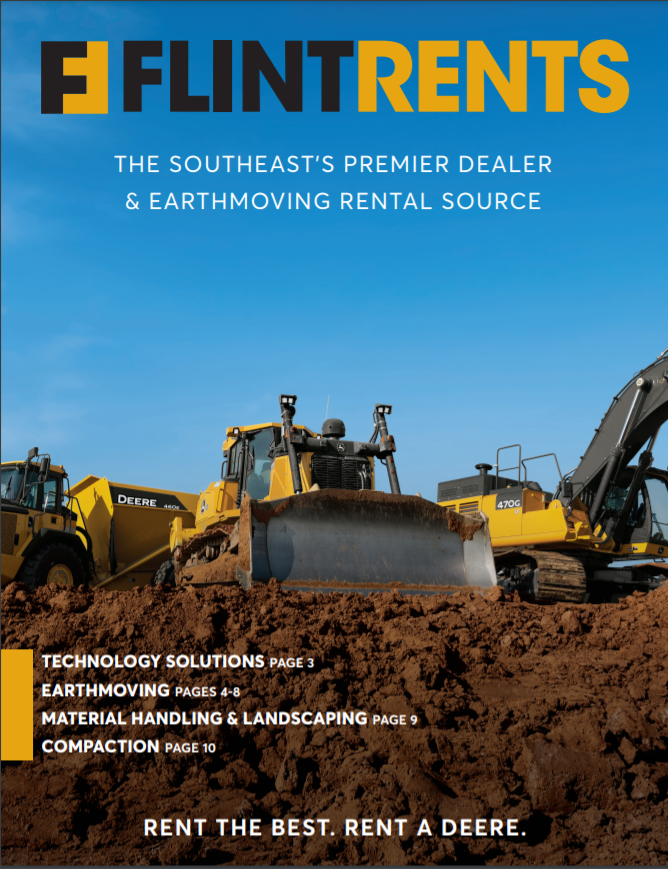Forklift Rental: Heavy Lifting Equipment for Warehousing and More
Forklift Rental: Heavy Lifting Equipment for Warehousing and More
Blog Article
Optimize Your Spending Plan by Comprehending the Prices Connected With Construction Devices Services
Recognizing the complete scope of expenses linked with building and construction devices leasings is important for maximizing your spending plan. What strategies can be used to properly manage these prices and ensure a much more efficient rental experience?
Review of Rental Costs
When thinking about construction tools leasings, understanding the linked expenses is paramount for efficient budgeting and task planning. Rental expenses can differ considerably based upon numerous elements, consisting of equipment kind, duration of service, and place. The first rental charge usually mirrors the tools's market demand and its associated functional capacities, influencing the overall expenditure.
Along with the base rental price, ancillary expenses might occur, such as transport costs, gas additional charges, and upkeep costs. It is vital to account for these added costs to accurately evaluate the complete cost of leasing devices. The rental period can influence rates; longer leasings might qualify for affordable prices, while temporary services could sustain greater day-to-day costs.

Break Down of Rental Rates
A thorough understanding of rental rates is necessary for specialists and job managers aiming to optimize their budget plans. Rental prices for building equipment typically are composed of several elements, including base prices, time-based fees, and usage fees.
Base prices are the core fees related to the service of the equipment, frequently determined by the kind and dimension of the machinery. These prices can vary substantially, influenced by variables such as devices demand, schedule, and local market fads. Time-based fees, which may be daily, weekly, or monthly, offer to accommodate various project timelines and rental durations.
Additionally, rental prices may consist of usage costs, which are applicable when equipment is used beyond a defined threshold, making certain that the rental business can represent wear and tear. Seasonal need fluctuations can likewise affect rental prices, with peak building seasons generally regulating greater costs.
In addition, comprehending the rental business's plans relating to maintenance and insurance coverage can provide additional insight right into the overall cost framework. By evaluating these elements, service providers can make educated choices, making sure the option of rental equipment lines up with both task demands and spending plan restraints.
Additional Costs to Take Into Consideration
Understanding the complexities of extra costs is vital for contractors to manage their overall service expenses efficiently. Beyond the basic rental rates, numerous auxiliary costs can dramatically influence the complete cost of tools leasing. These fees frequently include shipment and pickup fees, which can differ based upon range and logistics entailed in carrying the tools to and from the job site.
Furthermore, some rental business may impose gas additional charges if the devices is returned with less fuel than when rented out. It is additionally important to recognize prospective cleaning charges, particularly for specialized tools that needs extensive maintenance after usage.

Extensively examining the rental agreement and making clear these extra costs in advance can help service providers stay clear of unexpected costs and make certain that budgets continue to be undamaged throughout the project lifecycle.
Maintenance and Repair Service Expenses
Routine repair and maintenance expenses are usually forgotten factors that can significantly influence the overall price of building equipment rentals. When leasing devices, it is vital to take into consideration not just the rental fees but additionally the prospective costs related to maintaining the equipment in ideal operating problem.
Many look at this now rental business include standard upkeep as part of the rental agreement; however, extra unanticipated failures or considerable repairs can lead to extra expenditures. It's crucial to examine the rental contract very carefully to understand what maintenance solutions are Continue covered and what obligations drop on the tenant.
In addition, devices that is not well-maintained can lead to ineffectiveness on duty site, potentially creating delays and boosting job expenses. To minimize these dangers, it is a good idea to perform normal assessments and keep open interaction with the rental copyright pertaining to any concerns that occur throughout use.
Insurance and Liability Prices
Insurance coverage and liability costs are critical elements that can substantially impact the total expenditure of building devices rentals (rental company near me). These costs make sure that both the rental firm and the client are secured from possible financial losses emerging from accidents, damage, or theft during the rental duration

Additionally, customers must know any deductibles or exclusions in the insurance plan, as these can influence possible out-of-pocket costs. Understanding the terms of any kind of insurance policy protection is crucial to stay clear of unexpected prices. Ultimately, budgeting for insurance coverage and liability expenses can help make certain a smoother rental experience and safeguard versus monetary dangers connected with building projects.
Conclusion
In conclusion, a thorough understanding of the costs linked with building and construction devices services is essential for reliable budget management. Eventually, notified decision-making relating to equipment services contributes to the general success of construction undertakings.
Rental expenses can vary dramatically based on numerous elements, consisting of devices kind, period of service, and area (mini excavator rental). The rental period can influence prices; longer rentals might qualify for affordable rates, while short-term services may sustain higher day-to-day costs
By carrying out extensive research and involving with trustworthy rental business, contractors can successfully browse the complexities of rental rates, ultimately optimizing their financial sources.
Past the conventional rental prices, various auxiliary costs can considerably influence the total cost of devices service. Rental companies commonly provide obligation insurance that covers injuries to third celebrations or damages to home, while tools damage insurance can cover the cost of repair services or replacement if the leased devices is damaged.
Report this page